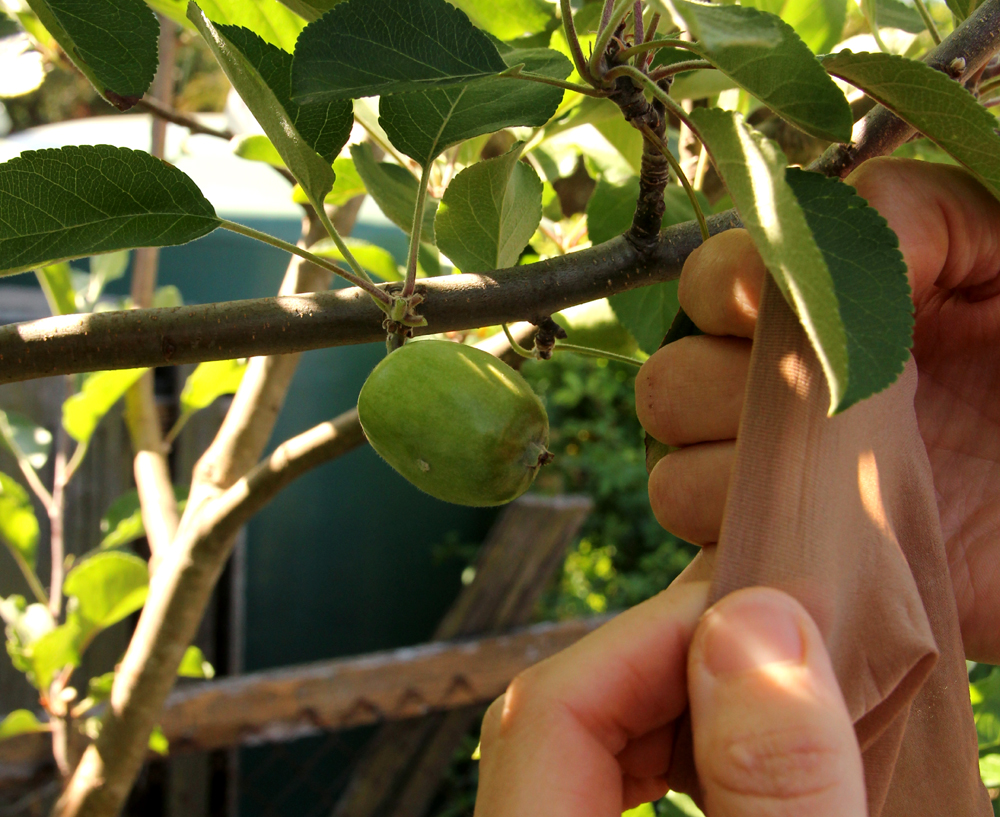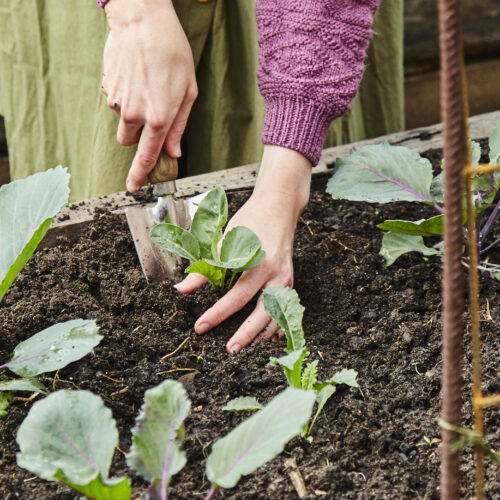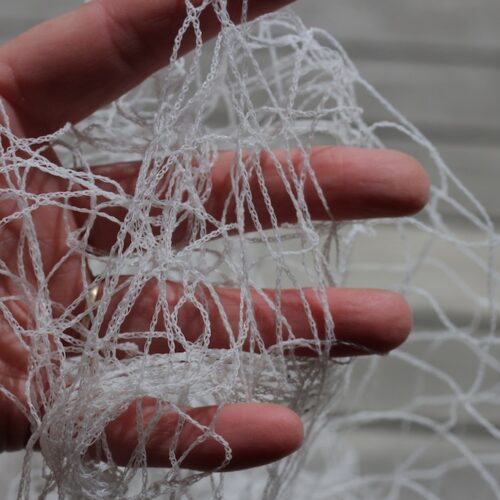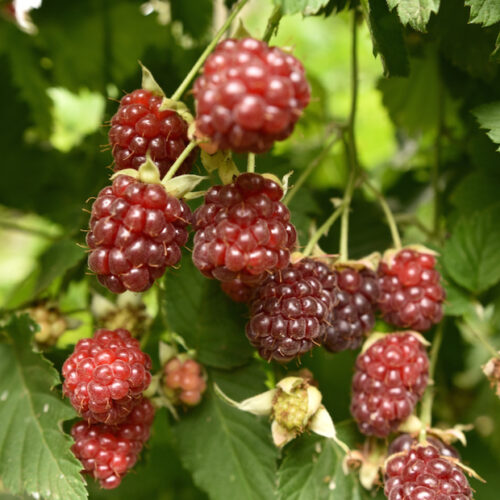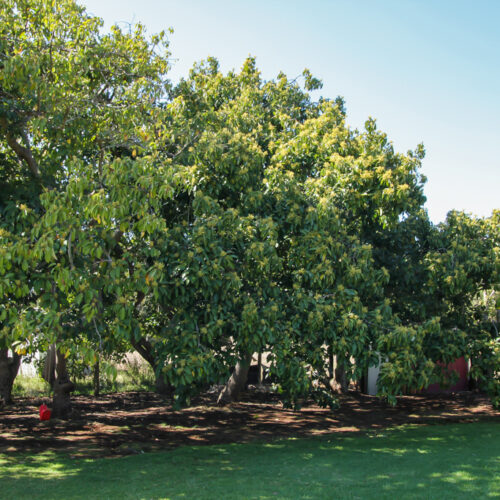Weekend jobs in Spring
2015-10-04T22:18:11+11:00
Got anything planned for the long weekend? JUSTIN RUSSELL says scrap 'em, and spend the weekend enjoying three straight days of gardening bliss instead.
My favourite gardening writer is an English bloke by the name of Monty Don. You might have heard of him. He’s a stellar plantsman who credits his Herefordshire garden, Longmeadow, with keeping him alive during bouts of depression and more recently, a minor stroke.
In Monty’s book The Ivington Diaries he describes how one holiday, he told everyone he was off to Norway and instead stayed home for a week, ignored his computer and gardened alongside his wife for eight blissful hours a day.
“To spend a week doing what I love best in the world – gardening – with the person I love most in the world – Sarah – in the place I love most in the world – my home – in my favourite season – spring – is the nearest I can get to pure happiness,” writes Don.
With this in mind, here’s a tip for this Labour Day long weekend (for those of you, at least, in the ACT, NSW, SA and QLD – the rest of you could take this advice anyway). Concoct some story about going to the beach, stay home instead, switch off your phone and ignore your email, and spend an undistracted weekend pottering about in the garden. Do it with someone you love.
There’s plenty to do. In cold climates, spring is only just ramping up, so take the opportunity to prep some drying soil in anticipation of new season vegies. Work in some compost, throw on a handful per square metre of rock minerals, and then add specific amendments as required. Solanaceous vegies like tomatoes like a slightly acid soil but the rest prefer slightly alkaline or neutral soil. Add garden lime to raise the pH, sulphur to lower it. Fork everything lightly into the topsoil, rake it level and give the prepared beds a decent watering. You’ll be ready to plant in about a week.
In warm temperate and subtropical climates feed citrus trees just before they burst into flower. Pelletised chook manure is a good choice for citrus, and it’s always a good idea to add rock minerals to provide slow release trace elements. If flowers have turned into fruitlets, hold off until they become marble sized to avoid encouraging the tree to produce a flush of foliage. Water trees deeply if the soil is dry, and top up the mulch layer beneath trees to 20cm, keeping it away from the trunk to prevent collar rot.
The tropics are in build up mode. This is a great time to plant trees if you have water to see the plants through until the wet season breaks. Try things like cashews, guavas, mangos, avocados, sapote, jackfruit and the mightiest citrus fruit of all, the pommelo. prepare the soil in advance of planting by adding lashings of compost.
Those of you in the dead centre know that the centre of this great continent is anything but dead. It is getting hot though, so take steps now to prepare your garden for summer. Install shadecloth covers over vulnerable plants and apply a thick layer of mulch around trees to help keep roots cool and moist. Make sure your irrigation systems are in good working order – you don’t want to get caught short in a late spring heatwave.
In all climate zones keep an eye out for sap sucking pests such as aphids and scale. These tend to infest overly lush foliage, so the moral of the story is to avoid over feeding with high nitrogen fertilisers and instead favour a more balanced fertility regime. In the short term, both pests can be cleaned up using sprays of horticultural oil or soap. Avoid using oil sprays on plants with hairy leaves, and never spray during the heat of the day, unless you want fried foliage.
Fruit fly season is underway in the tropics, subtropics, semi-arid and warm temperate areas. Hang baits to monitor the flies and catch males, and use certified organic sprays to help control females. For extra protection consider covering fruit trees with exclusion netting, or bag individual fruit with exclusion bags. They’re ugly solutions, but they work.

